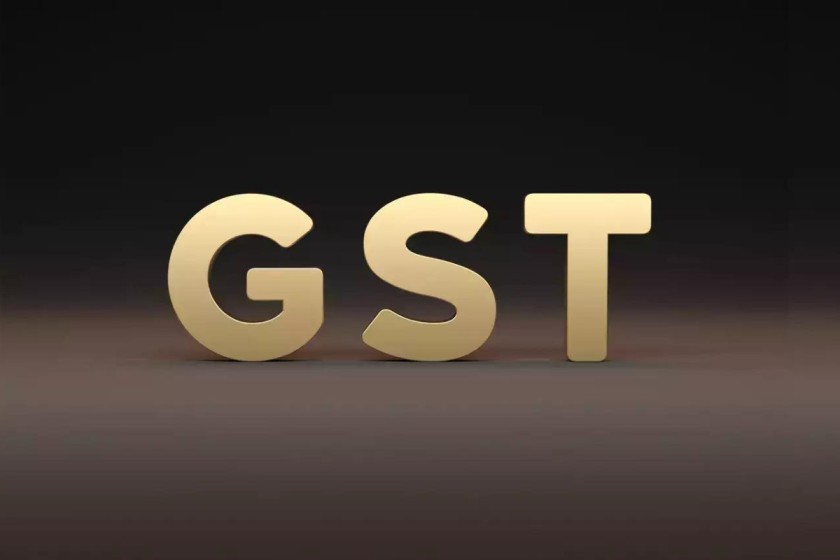- July 5, 2024
Navigating the future of GST

As GST enters eighth year, the recent Council meeting highlights a shift towards facilitation and improved compliance measures.
As we enter the eighth year of GST, stakeholders would have some inkling of what the future holds. Its broad contours have emerged from the just concluded 53rd meeting of the Council last week. Let us see what they add up to.
The good news is that in the tightrope walk between enforcement and facilitation there is a further tilt towards the latter. Of course, tax administration cannot afford to take its eyes off the goal of improving compliance by making entry level checks for new taxpayers more foolproof, cleansing the base to purge abusers and ensuring timely filing and payments.
The use of technology, such as biometrics and geo-tagging, and a focussed drive against fake entities and fake billing over the last two-to-three years has yielded good results and would continue. But, any further engineering in enforcement methods may not be necessary unless evaders find new modus of playing bluff. On enforcement, therefore, the focus may shift to better implementation of already prescribed SoPs by field officers so that the conduct of audits and investigations is professional and harassment-free.
GST Council has repeatedly used prompt clarification of contentious issues as a means of strengthening facilitation. This helps nip disputes in the bud. Post the Council meeting last week too, a slew of clarifications on the applicable rate of tax, taxability or valuation of a range of economic activities straddling across industry segments have been issued. Many of these are trade-friendly and provide relief by negating additional tax liability including, in some cases, for the past. Owing to paucity of time, the Council could not discuss the entire agenda prepared by the Law and Fitment Committees and the balance items would be taken up at the August meeting. Evidently, more such clarifications on pending issues are on the way.
Dispute resolution is also likely to receive closer attention this year. The overarching objective would be to declog the dispute resolution channels by curtailing the number of fresh disputes, compressing timelines for resolution and settling those started in the initial phase of GST. Recent measures, such as waiver of interest and penalty in certain situations, reduction in pre-deposit for appeals, longer time period for payment of tax and interest in order to claim waiver of penalty and monetary thresholds below which govt will not appeal orders, are pointers to this.
However, an agenda item where businesses and lay persons alike have a high expectation of traction this year is the realignment of GST rates. This two-step process involves first, the compression of rate slabs from four (5, 12, 18 and 28%) to three and second, re-slotting of items (goods and services) into new slabs. The purpose is to simplify, so that most items attract the median rate, similar items are broad-banded and rate inversions in sectors, such as textiles, fertilisers, pharma etc. are removed. The rate rejig is of deep interest to the final consumer as it would determine whether her consumption basket becomes cheaper or dearer. It will take a fair amount of alchemy on the Council’s part to simultaneously balance revenue neutrality (some rates go up as others decrease) with price neutrality (inflationary impact) and satisfy diverse interest groups.
Given these pulls and pressures, continuing inflationary expectations (especially for food) and the inherent political sensitivity, it would be unreasonable to expect very quick results. While concrete outcomes on this agenda are likely to be backloaded within the financial year, clear timelines and a glide path of transition may well emerge sooner.
Authored by Vivek Jauhari. The writer is former chairman, Central Board of Indirect Taxes and Customs.
Views expressed are personal and do not represent the stand of this publication
